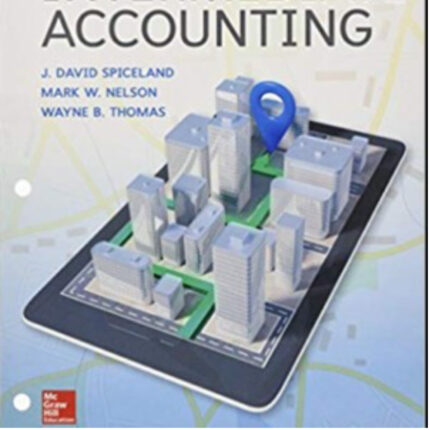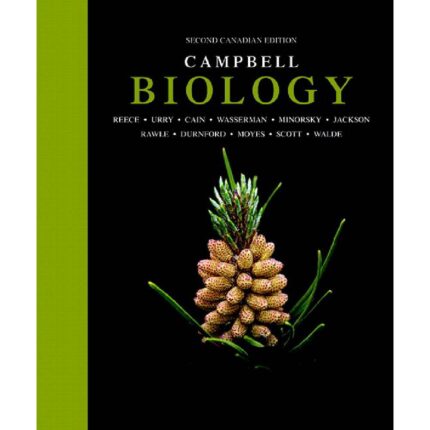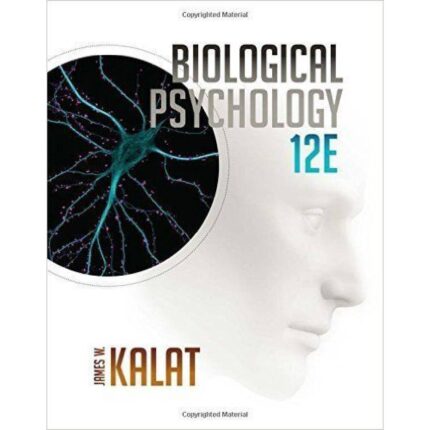Chapter 11 Testbank Key
1. The ‘one gene–one enzyme’ hypothesis is INCORRECT
A. because not all enzymes are produced from just one gene.
B. because genes code for polypeptides.
C. because not all proteins are enzymes.
D. because some proteins are structural.
E.
for all of these reasons.
Bloom’s: Knowledge
Difficulty: Easy
Learning Objective: 11.1 Explain what is meant by the one gene–one enzyme hypothesis and the one gene–one polypeptide hypothesis.
Section: The one gene-one polypeptide hypothesis
2. The one gene–one polypeptide hypothesis states that
A. each protein produced by a cell is coded for by a single gene.
B. one gene can only possibly produce one protein product.
C. each gene codes for one polypeptide.
D. each cell only has one copy of each gene for each polypeptide.
E. each gene codes for one enzyme which may be composed of polypeptides.
Bloom’s: Knowledge
Difficulty: Medium
Learning Objective: 11.1 Explain what is meant by the one gene–one enzyme hypothesis and the one gene–one polypeptide hypothesis.
Section: The one gene-one polypeptide hypothesis
3. Gene expression requires that
A. DNA is transcribed into mRNA.
B. mRNA is translated to produce a polypeptide.
C. information coded by DNA is accurately transferred into an amino acid sequence.
D. mRNA is a carrier of the correct information from DNA.
E. All of the answers are correct.
Bloom’s: Knowledge
Difficulty: Easy
Learning Objective: 11.2 Explain what is meant by the central dogma of gene expression and define key terms associated with gene expression.
Section: The central dogma
4. Transcription of RNA from a DNA template is similar to replication of the DNA, in that
A. growth of the synthesised strand occurs in a 3′ to 5′ direction.
B. the newly synthesised strand is complementary to the template.
C. synthesis is semiconservative.
D. growth of the synthesised strand occurs in a 3′ to 5′ direction and the newly synthesised strand is complementary to the template.
E. growth of the synthesised strand occurs in a 3′ to 5′ direction and synthesis is semiconservative.
Bloom’s: Knowledge
Difficulty: Medium
Learning Objective: 11.3 Describe the process of transcription in both prokaryotic and eukaryotic cells.
Section: Transcription
5. Transcription of RNA from DNA
A. requires a primer.
B. requires DNA polymerase.
C. requires RNA polymerase.
D. requires DNA helicase.
E. begins from the start codon.
Bloom’s: Knowledge
Difficulty: Easy
Learning Objective: 11.3 Describe the process of transcription in both prokaryotic and eukaryotic cells.
Section: Transcription
6. The three forms of RNA differ in that
A. rRNA is not transcribed from DNA.
B. only mRNA in translated.
C. only mRNA requires a primer for transcription.
D. all tRNAs are identical.
E. both rRNA and tRNA are components of ribosomes, but mRNA is not.
Bloom’s: Knowledge
Difficulty: Medium
Learning Objective: 11.2 Explain what is meant by the central dogma of gene expression and define key terms associated with gene expression.
Section: The central dogma
7. Which of the following is a difference in transcription of DNA between prokaryotes and eukaryotes? In prokaryotes
A. translation into polypeptides commences while mRNA is being transcribed.
B. there is only one type of RNA polymerase.
C. transcript mRNAs are polycistronic.
D. transcript mRNAs undergo processing after translation.
E. All of the answers are differences.
Bloom’s: Knowledge
Difficulty: Hard
Learning Objective: 11.3 Describe the process of transcription in both prokaryotic and eukaryotic cells.
Section: Transcription
8. Initial transcription of the DNA template in eukaryotes
A. only transcribes the exons.
B. is mediated by DNA polymerase.
C. is mediated by RNA polymerase.
D. occurs in the ribosomes.
E. requires a primer.
Bloom’s: Knowledge
Difficulty: Medium
Learning Objective: 11.3 Describe the process of transcription in both prokaryotic and eukaryotic cells.
Section: Transcription
9. Which of the following statements about post-transcription processing of mRNA in eukaryotes is CORRECT?
A. snRNPs act to remove exons from RNA.
B. Splicing may take place to remove introns.
C. The promoter is found adjacent to the poly-A site.
D. All mRNA primary transcripts self-fold to facilitate splicing.
E. processing of mRNA occurs in the cytoplasm of the cell.
Bloom’s: Knowledge
Difficulty: Hard
Learning Objective: 11.3 Describe the process of transcription in both prokaryotic and eukaryotic cells.
Section: Transcription
10. During post-transcription processing of mRNA in eukaryotes
A. the primary transcript is ‘capped’ by the addition of a modified guanosine triphosphate residue to the 5′ end.
B. the primary transcript is ‘capped’ by the addition of a modified guanosine triphosphate residue to the 3′ end.
C. the promoter sequence is removed from the 5′ end of the mRNA and a modified guanosine tri phosphate is added to the 3′ end.
D. the 5′ end of the transcript is cleaved, and a poly A ‘tail’ is added to the new 5′ end.
E.
the primary transcript is ‘capped’ by the addition of a modified guanosine triphosphate residue to the 3′ end and the promoter sequence is removed from the 5′ end of the mRNA and a modified guanosine tri phosphate is added to the 3′ end.













Reviews
There are no reviews yet.